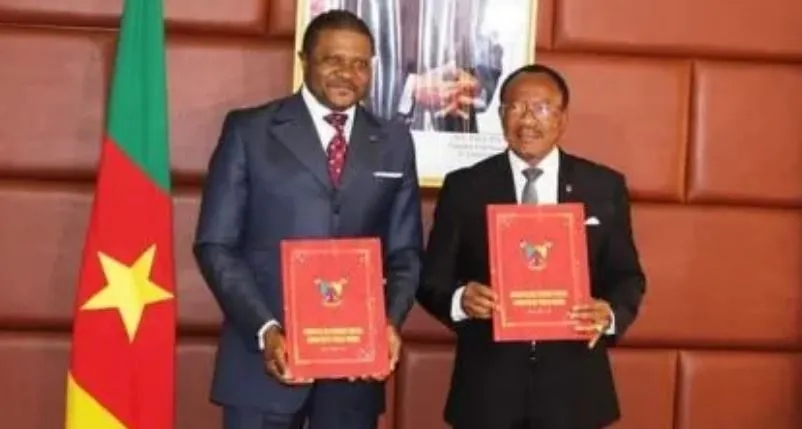The development of infrastructure in the transport sector remains a priority for the Cameroun government.
The objective thus pursued is to improve the competitiveness of the national economy. The first session of the interministerial committee responsible for the integrated strategy of multimodal transport infrastructure of Cameroun held on April 18, 2023, made it possible to identify the main lines of this plan. Presented in Yaoundé, this government program intends to materialise the plans of the 2020-2030 National Development Strategy in terms of road infrastructure.
By chairing the meetings of the first regular session of the Monitoring Committee of the Integrated Strategy of Multimodal Transport Infrastructure in Cameroun, the Minister of Public Works Emmanuel Nganou Djoumessi intended to popularise the missions of this body and organise the work that will have to be his during the current decade.
The work carried out in the presence of Jean Ernest Massena Ngalle Bibehe, Minister of Transport, also Vice-President of the Monitoring Committee, shed light on the different components of the Strategy also called the “plan for the emergence through multimodal and intermodal”. Indeed, it is a strategy estimated at a total cost of FCFA 7900 billion. It aims at planning and programming of investments in the transport sector in a coherent manner in a complementarity approach.
According to Gazeti237, it also understands the intermodal transport infrastructure master plan already included in the SND30; 3 priority five-year investment programs spread out until 2035; a Cameroonian transport database and model for the management of the transport system; proposals for institutional reforms necessary for optimised management of the transport system, proposals for accompanying measures to the implementation of its success.
Continuing the networking of the territory by complementary transport infrastructure in an optimisation and efficiency approach, it focuses its objectives around 4 strategic axes, namely: the promotion of transport and logistics and intermodality as tools for economic growth with a view to emergence; the promotion of including alternative financing in the sustainable projects sector; the improvement of the governance of the transport sector; the improvement of the safety and security of people and resilience.




